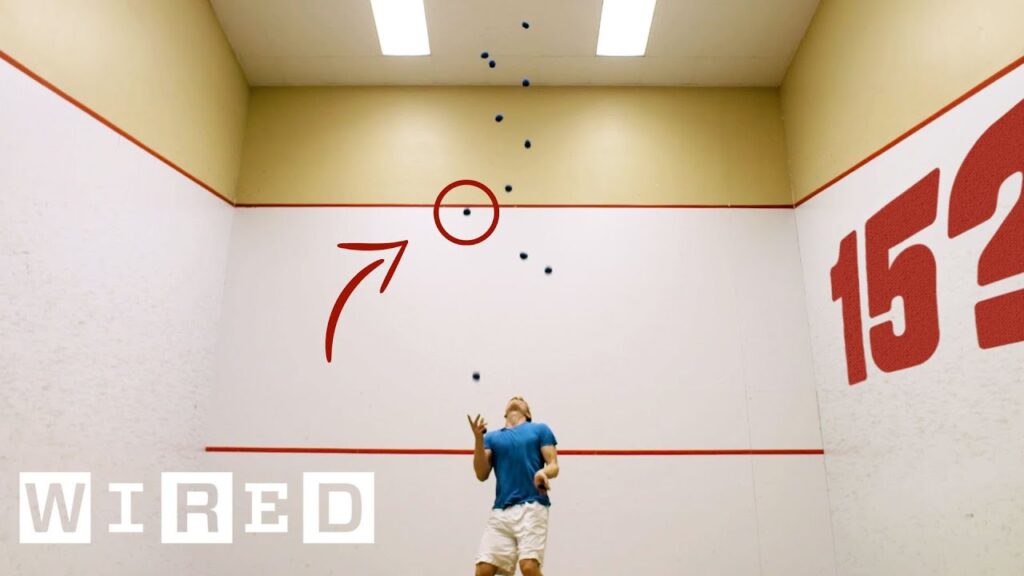Blockchain Technology: The Future of Decentralized Trade
Summary
Blockchain technology is a revolutionary tool that provides a decentralized way of trading, removing the need for intermediaries such as banks and companies. The technology uses cryptography to keep transactions secure, and it has many uses beyond cryptocurrency trading. However, its adoption faces barriers such as lack of trust, education, and standardization. Nevertheless, blockchain has immense potential in various fields such as energy and pharmaceuticals.
Table of Contents
- What is blockchain technology?
- How does blockchain technology work?
- What are the potential uses of blockchain technology?
- What are the barriers to the adoption of blockchain technology?
- What is the current state of blockchain technology?
- Conclusion
What is blockchain technology?
Blockchain technology is a new network that provides a decentralized way of trading goods and services. It is not owned by any company, and it is secured using cryptography to encode all transactions. This technology eliminates intermediaries such as banks, increasing efficiency in trade.
How does blockchain technology work?
Blockchain is a ledger or accounting system that is owned by everyone and not just one company. It is a persistent, transparent, public, append-only ledger where data can be added but not changed. A consensus is acquired through a mechanism that ensures that no one actor can consistently outperform others. The technology relies on a network of computers that all have the same history of transactions.
What are the potential uses of blockchain technology?
Blockchain technology has numerous use cases beyond cryptocurrency trading. It has immense potential in various fields such as energy, pharmaceuticals, and retail. For example, blockchain could be used to distribute power autonomously to different batteries and locations throughout the grid. In addition, blockchain technology could be used to track the supply chain of pharmaceuticals, ensuring that they are not counterfeit.
What are the barriers to the adoption of blockchain technology?
The adoption of blockchain technology faces various barriers, including lack of trust in the technology, education, and standardization. Many people do not understand how the technology works, and therefore they do not trust it. Education is crucial in making blockchain a mainstream tool for average people. Standardization is also an essential aspect of blockchain adoption since it ensures that all systems are interoperable.
What is the current state of blockchain technology?
Currently, blockchain technology is in the research phase, and it is being developed to be applied in multiple areas. However, the technology is still in its early stages, and it needs further development to meet the needs of different industries. Although blockchain technology is promising, it is not a one-size-fits-all solution, and it requires customization for different applications.
Conclusion
Blockchain technology is a groundbreaking tool that has the potential to revolutionize the way we trade. It is a decentralized way of trading goods and services, removing the need for intermediaries and increasing efficiency in the process. Although the technology faces barriers to adoption, it has immense potential in various industries such as energy, pharmaceuticals, and retail. In conclusion, blockchain technology is a tool that is part of our future, creating a more decentralized and scalable trade system.







